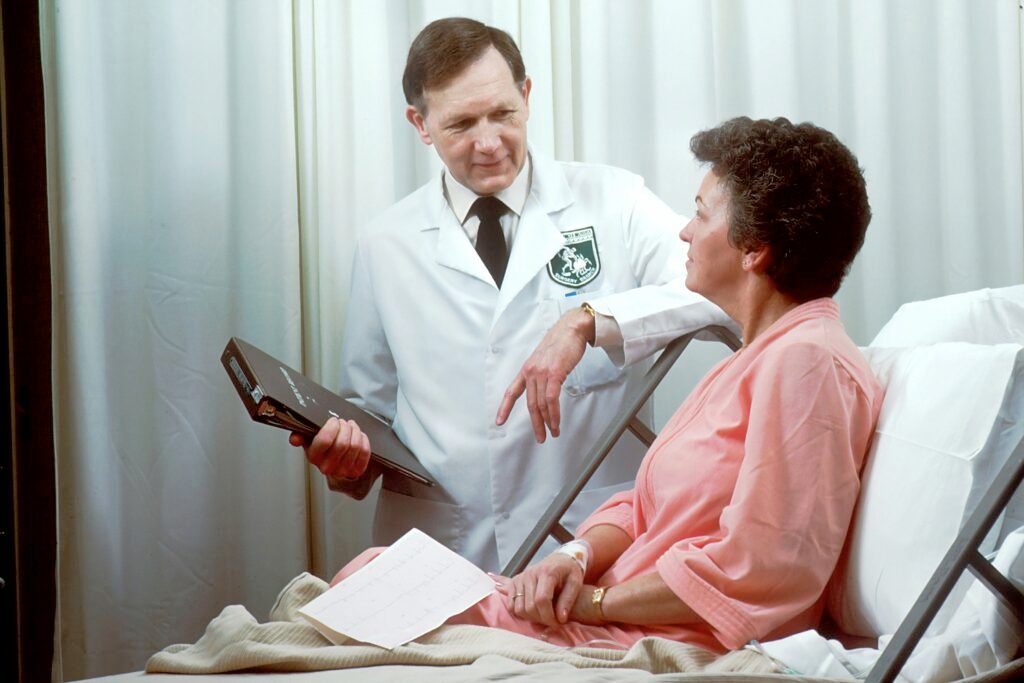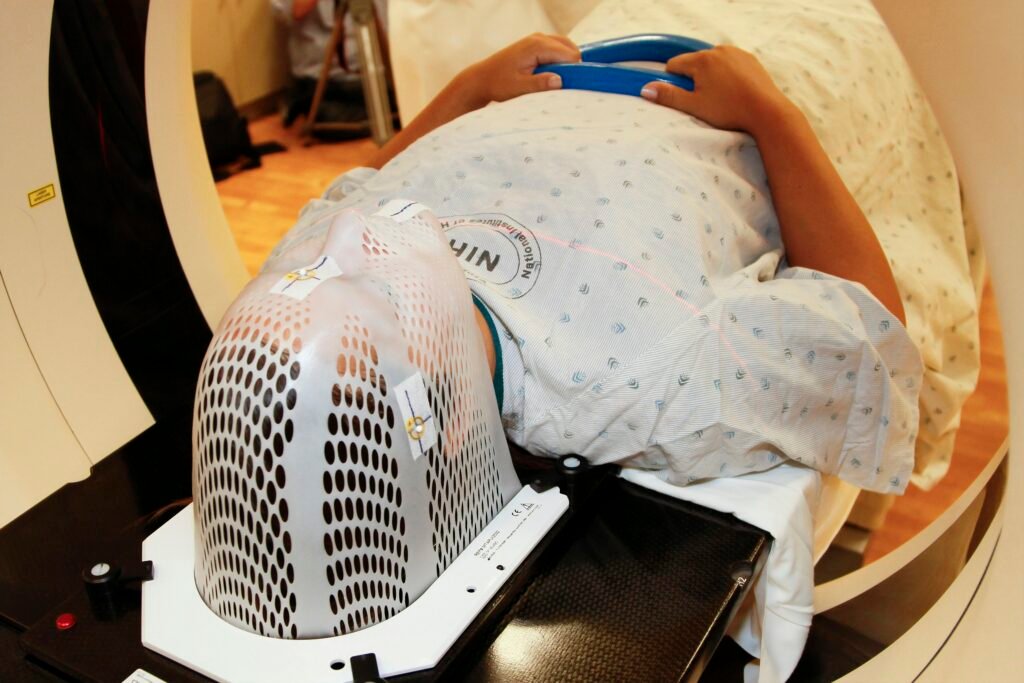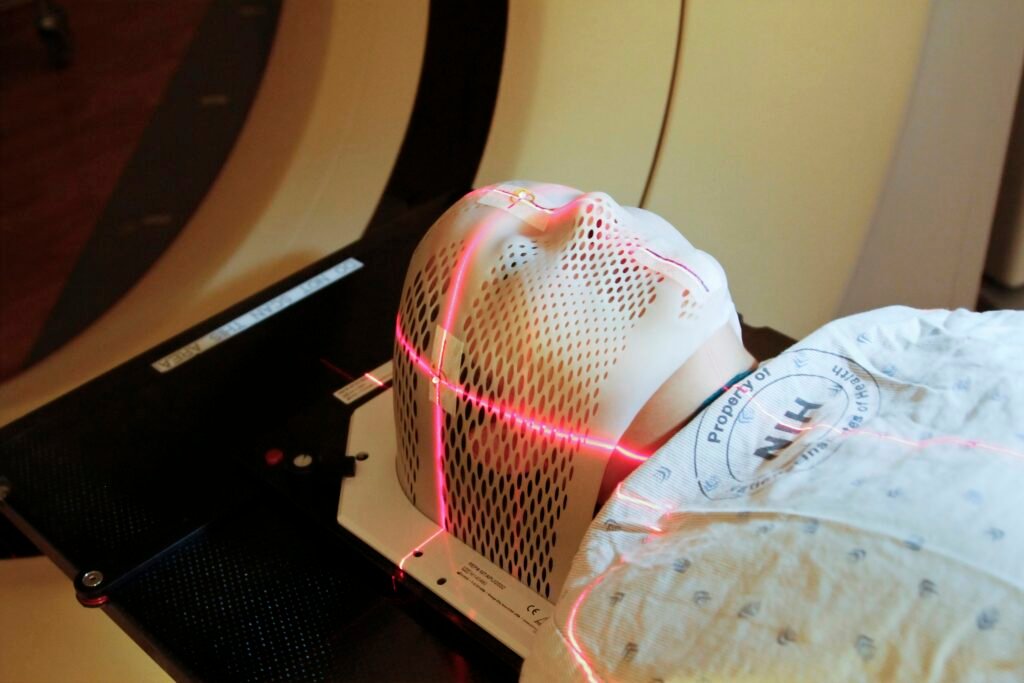Welcome to our article on “Guidelines for Breast Cancer Screening.” In this informative piece, you will find important recommendations for when and how often you should undergo screenings for early detection of breast cancer. By following these guidelines, you can help ensure that any potential issues are caught and treated early, increasing your chances of successful outcomes. Stay informed and proactive about your health by following these breast cancer screening guidelines. Hey there! Are you wondering about the guidelines for breast cancer screening? Don’t worry, we’ve got you covered. Below, you’ll find all the information you need to know about breast cancer screening guidelines to help you feel more informed and empowered. Let’s dive in!

This image is property of images.unsplash.com.
Check out our Product Reviews
Importance of Breast Cancer Screening
Breast cancer is the most common cancer among women, and early detection is key to successful treatment. Regular breast cancer screening can help detect cancer at an early stage when it’s most treatable. By following the recommended guidelines for breast cancer screening, you can take control of your health and potentially save your life.
When to Start Screening
The age at which you should start screening for breast cancer can vary depending on various factors such as family history, personal health history, and risk factors. The general guideline is to start screening at the age of 40, but some organizations may recommend starting at age 50. It’s important to discuss with your healthcare provider to determine the best age to start screening based on your individual risk factors.
Check out our Product Reviews
Types of Screening Tests
There are two main types of screening tests for breast cancer: mammograms and clinical breast exams.
Mammograms
Mammograms are X-ray images of the breast that can detect early signs of breast cancer such as lumps or abnormal changes in breast tissue. They are typically recommended every 1-2 years for women aged 40 and older. Mammograms are the most effective screening tool for detecting breast cancer early.
Clinical Breast Exams
Clinical breast exams are physical exams done by a healthcare provider to check for any signs of breast cancer such as lumps or changes in breast tissue. It is recommended that women have a clinical breast exam at least every 1-3 years starting at age 20, and every year starting at age 40. Clinical breast exams are important for detecting physical changes in the breast that may not show up on a mammogram.
Breast Self-Exams
While breast self-exams are no longer recommended as a routine screening tool, it’s still important for women to be familiar with how their breasts normally look and feel. By performing regular self-exams, you can become more aware of any changes in your breasts and report them to your healthcare provider. Remember, no one knows your body better than you do, so trust your instincts and seek medical attention if you notice any changes.

This image is property of images.unsplash.com.
Risk Factors for Breast Cancer
Certain factors can increase your risk of developing breast cancer. It’s important to be aware of these risk factors so you can take proactive steps to reduce your risk and ensure you are receiving appropriate screening. Some common risk factors for breast cancer include:
- Family history of breast cancer
- Personal history of breast cancer
- BRCA gene mutations
- Age
- Dense breast tissue
- Hormone replacement therapy
- Alcohol consumption
- Obesity
- Radiation exposure
Screening Recommendations for High-Risk Individuals
For women who are at high risk of developing breast cancer, more frequent screening may be recommended. High-risk individuals may include those with a strong family history of breast cancer, a personal history of breast cancer, or certain genetic mutations such as BRCA1 or BRCA2. The American Cancer Society recommends the following screening guidelines for high-risk women:
- Yearly mammograms starting at age 30
- Annual breast MRI in addition to mammograms starting at age 30
- Clinical breast exams every 6-12 months
- Consideration of risk-reducing medications or surgeries
If you are considered to be at high risk for breast cancer, it’s crucial to work closely with your healthcare provider to develop a personalized screening plan tailored to your individual risk factors.

This image is property of images.unsplash.com.
Understanding Screening Guidelines
Different organizations may have slightly different guidelines for breast cancer screening, which can sometimes lead to confusion. It’s important to understand the rationale behind these guidelines and how they are developed. Screening guidelines are typically based on a combination of factors including scientific evidence, risk assessment, cost-effectiveness, and individual preferences. By staying informed and having open discussions with your healthcare provider, you can make educated decisions about your breast cancer screening.
Breast Cancer Screening Myths
With so much information available about breast cancer screening, it’s common to come across myths and misconceptions. Let’s debunk some of the common myths about breast cancer screening:
Myth: Mammograms are always accurate.
Reality: While mammograms are highly effective in detecting breast cancer, they are not foolproof. False-positive and false-negative results can occur, which is why it’s important to follow up with additional testing if needed.
Myth: Breast cancer screening is painful.
Reality: While some women may experience minor discomfort during a mammogram, the procedure is generally quick and well-tolerated. The benefits of early detection far outweigh any temporary discomfort.
Myth: If you have no family history of breast cancer, you don’t need to worry.
Reality: While family history is a significant risk factor for breast cancer, most women who develop the disease have no family history. It’s important for all women to be proactive about their breast health regardless of their family history.
Myth: Breast cancer is a death sentence.
Reality: Thanks to advancements in early detection and treatment, the survival rates for breast cancer have significantly improved. Regular screening can help detect cancer at an early stage when it’s most treatable.
Take Control of Your Breast Health
By following the guidelines for breast cancer screening and being proactive about your breast health, you can take control of your well-being and reduce your risk of developing breast cancer. Remember to schedule regular screenings according to the recommended guidelines, stay informed about your risk factors, and trust your instincts if you notice any changes in your breasts. Your health is in your hands, and you have the power to make informed decisions that can potentially save your life.
Who can provide more information about the guidelines for breast cancer screening? Your healthcare provider is your best resource for personalized recommendations based on your individual risk factors and medical history. Don’t hesitate to reach out to your doctor with any questions or concerns about breast cancer screening. Remember, early detection is key, and by staying informed and proactive, you can prioritize your breast health and well-being.
Check out our Product Reviews